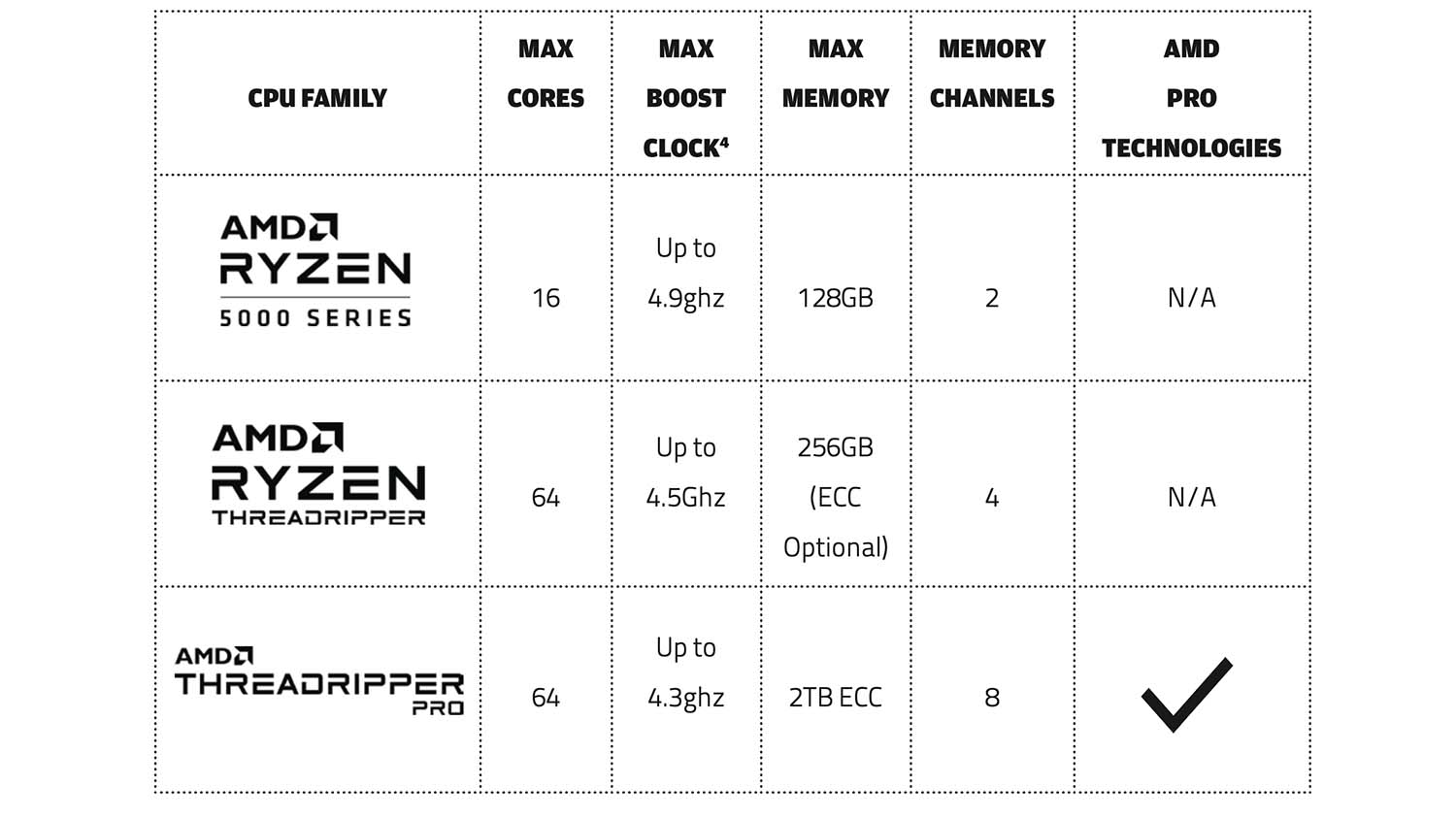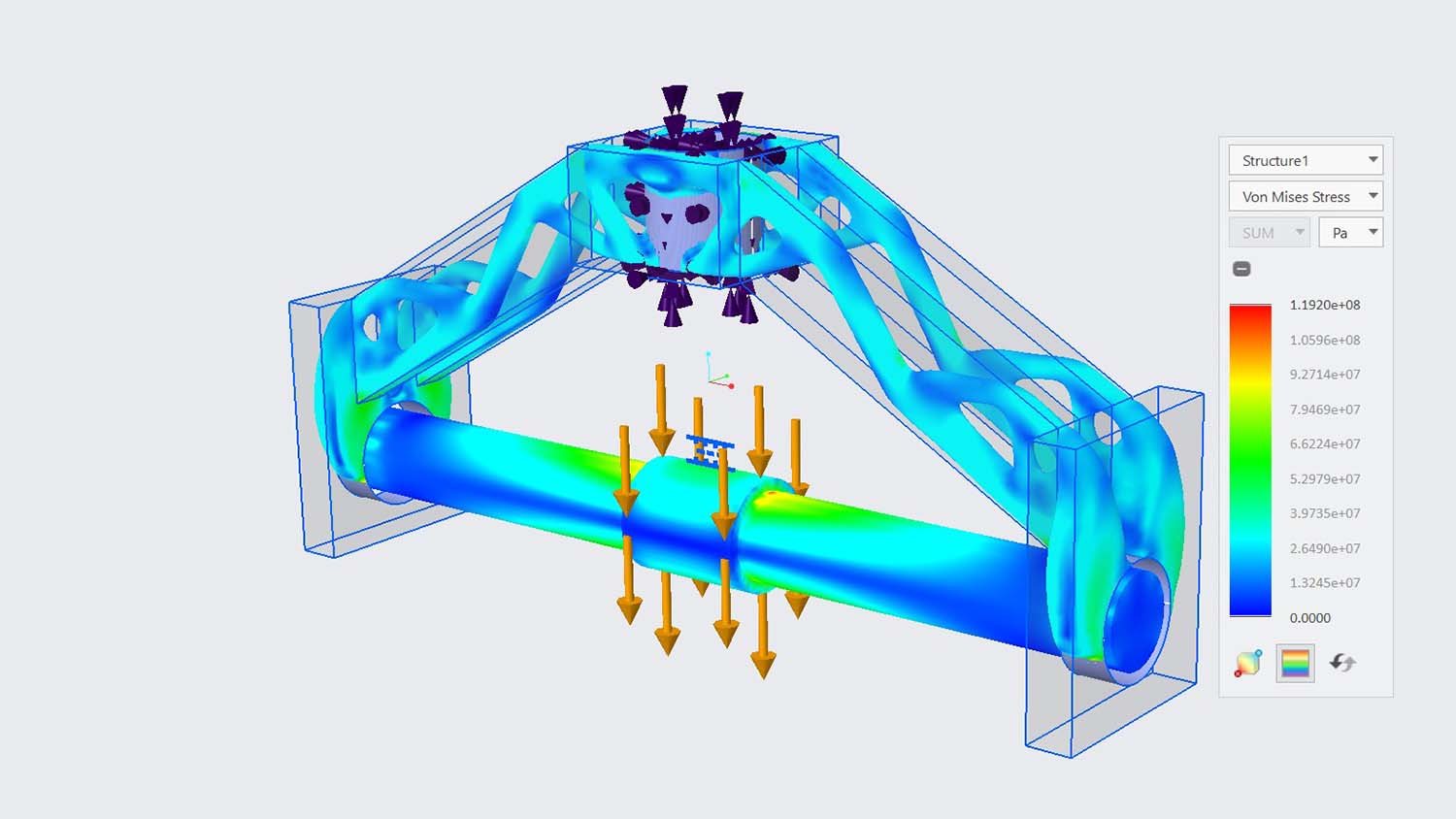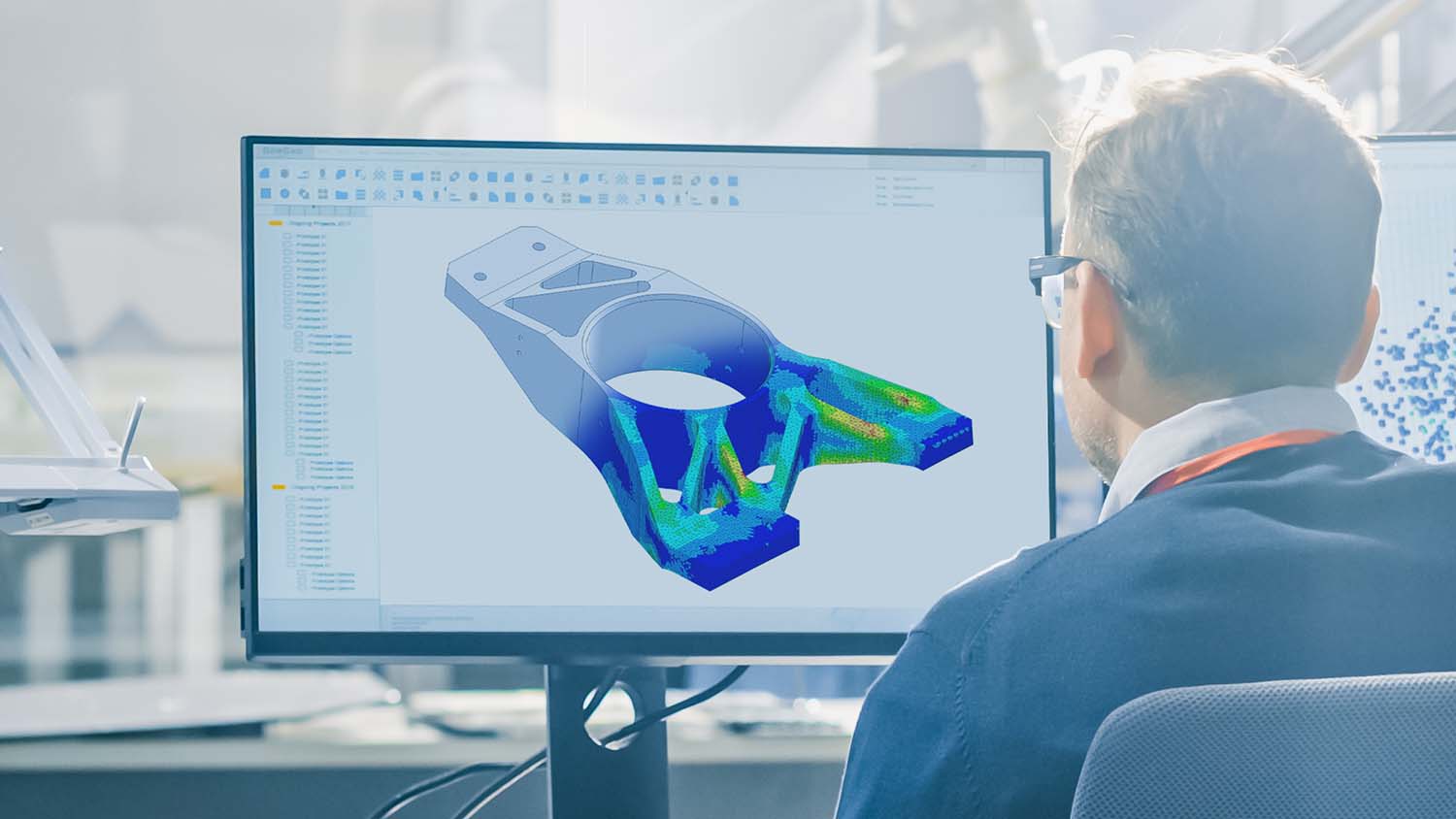The AMD CPU Family
Engineers leverage a variety design and manufacturing applications with different compute requirements. It is not uncommon for organizations procuring workstation hardware to purchase a single configuration without considering the needs of individual users. This one size fits all approach may streamline IT decision making, but mismatched compute capability can lead lost productivity and poor ROI.

When considering a workstation processor, firms should choose an option that best addresses the performance bottlenecks of a user’s primary workflow tasks. For example, lightly threaded tasks like 3D modeling and design will favor processors with higher clock speed/IPC and the performance of multithreaded tasks like generative design, and rendering will benefit from many CPU cores. Other tasks like simulation can be performance bound by memory capacity, L3 cache size, and/or memory bandwidth and these features can vary greatly depending on which processor you choose.

Enterprise priority and performance priority
Organizations and IT decision makers may place a higher priority on one specific CPU feature over another. In this article, we will address this from an enterprise priority and performance priority standpoint for common workflow tasks. Enterprise priority processors will trade some performance characteristics for enterprise class security, manageability, and reliability features. Performance priority processors are intended for those users who simply want to work as fast as possible and prioritize the performance of their primary workflow task. There is some overlap with this approach which we will cover below.
Expanding workstation offerings
With the resurgence in the workstation market, AMD is now offering the most complete and performant line-up of workstation processors in its history. While AMD maintains a concise selection of workstation class processors, we want to examine the entire portfolio, explain the benefits of each processor family and how they can help alleviate common bottlenecks in engineering workflows.
Workstation users can select from three AMD processor families, each with their own unique features to help you get the most out of your professional design tools.
3D modelling and design
Drawing parts and interacting with models in 3D CAD software is a single threaded or lightly threaded task. The frequency, or clock speed of the CPU along with IPC, has a significant influence on application responsiveness and end user productivity for this task.
Enterprise Priority: Firms and IT decision makers who place a higher priority on manageability, reliability and security features over raw performance will benefit from AMD Ryzen™ Threadripper™ PRO Processors which feature AMD PRO Technologies.
The 16-core AMD Ryzen™ Threadripper™ PRO 3955WX is an excellent choice for 3D CAD work with a max boost clock speed of 4.3GHz4 and plenty of extra cores for multi-tasking.
Performance Priority: For performance seekers, the AMD Ryzen™ 5000 Series Processors are perfect for lightly threaded design tasks with the Ryzen™ 7 5800X offering an excellent value with leading performance in several CAD design tools.1 (at the time of this writing) The flagship Ryzen™ 9 5950X processor is another fantastic option with the highest boost clock speed of any AMD Ryzen™ processor at 4.9GHz, along with 16 cores for those looking to tackle a mix of 3D modeling and other multi-threaded tasks like rendering or generative design.
Generative design

Using software to iteratively generate design options based on specific loads and constraints is a computationally intensive process that can be accelerated on workstations with many CPU cores.
Enterprise Priority: The 64-core AMD Ryzen™ Threadripper™ PRO 3995WX and the 32-core Threadripper™ PRO 3975WX processors are excellent choices for generative design tasks with the 64-core 3995WX shown to be up to 44% faster than two competing 28-core processors.2 In addition to class-leading performance, Threadripper™ PRO processors also feature AMD PRO Technologies mentioned above, so that IT organizations can have confidence in modern security features and enterprise manageability.
Another advantage for Threadripper™ PRO processors is the large memory capacity the platform supports for projects that deal with very large data sets.
Performance Priority: 3rd Gen AMD Ryzen™ Threadripper™ Processors also feature massive amounts of cores with the 64-core AMD Ryzen™ Threadripper™ 3990X and the 32-core 3970X processors. While this processor family does not come equipped with AMD PRO Technologies, 3rd Gen AMD Ryzen™ Threadripper™ processors offer slightly higher boost clock speeds compared to their Threadripper™ PRO counterparts. That said, users may wish to run their own tests to confirm if the higher clock speed offered by 3rd Gen AMD Ryzen™ Threadripper™ can translate to improved performance with their specific projects since the relatively lower memory footprint could have a greater impact on performance.
AMD RyzenTM 5000 Series Processors are also an excellent choice for those users who want to maintain maximum performance for traditional 3D design with up to 16 cores to help accelerate generative design tasks.
Simulation

CAE tasks like computational fluid dynamics and finite element analysis are multithreaded, meaning that simulation solve times can be reduced on systems with more CPU cores making the 64-core AMD Ryzen™ Threadripper™ PRO 3995WX and the 32-core Threadripper™ PRO 3975WX processors ideal for these tasks.
Additionally, CAE simulation tools are sensitive to memory bandwidth, so the more memory channels your workstation CPU supports the better. For this reason, AMD Ryzen™ Threadripper™ PRO processors, with 8 memory channels and AMD PRO Technologies, are the best option from both an enterprise and performance priority standpoint.
Rendering

From Luxion KeyShot to Chaos V-Ray, CPU rendering for product visualization is a well-known multithreaded process. Modern rendering engines will typically take advantage of all available CPU cores on your system, so higher core count processors are better.
Enterprise Priority: The 64-core AMD Ryzen™ Threadripper™ PRO 3995WX and the 32-core Threadripper™ PRO 3975WX processors are excellent choices for rendering tasks with the 64-core Threadripper™ 3995WX processor shown to be up to 2.4X faster in KeyShot than the competing 28-core Intel Xeon W-3275 processor 3. As described above, all AMD Ryzen™ Threadripper™ PRO Processors feature AMD PRO technologies to help with data security and remote system management.
Performance Priority: 3rd Gen AMD Ryzen™ Threadripper™ Processors have a slightly higher boost clock speed compared to Threadripper™ PRO Processors and the 64-core 3990X and the 32-core 3970X processors are excellent options for rendering. That said, some rendering engines may benefit from additional memory channels making Threadripper™ PRO a better option.
Learn more about RyzenTM Threadripper PRO here:
https://www.amd.com/en/processors/ryzen-threadripper-pro
Learn more about RyzenTM Threadripper here:
https://www.amd.com/en/processors/threadripper-creators
Learn more about Ryzen 5000 Series here:
https://www.amd.com/en/processors/ryzen-for-creators
Learn more about AMD PRO Technologies here:
https://www.amd.com/en/technologies/pro-technologies
Legal
1. R5K-004: Testing by AMD performance labs as of 09/01/2020 with a Ryzen 5950X processor vs a Core i9-10900K configured with NVIDIA GeForce GTX 2080 Ti graphics, Samsung 860 Pro SSD, 2X8 DDR4-3600, Windows 10 and a Noctua NH-D15s cooler. Single-core performance evaluated with Cinebench R20 1T benchmark. Results may vary. R5K-004
2. Based on testing by AMD performance labs on June 17, 2020, using Creo Generative Design to test the AMD Ryzen Threadripper PRO 3995WX reference system vs. two (2) Intel Xeon Platinum 8280 processors. Results may vary. CPP-40
3. Based on AMD Labs testing as of June 17, 2020, using Luxion KeyShot to measure performance an AMD Ryzen Threadripper Pro 3995WX reference system vs. an Intel Xeon W-3275 processor. Results may vary. CPP-50
4. Max boost for AMD Ryzen processors is the maximum frequency achievable by a single core on the processor running a bursty single-threaded workload. Max boost will vary based on several factors, including, but not limited to: thermal paste; system cooling; motherboard design and BIOS; the latest AMD chipset driver; and the latest OS updates. GD-150.






